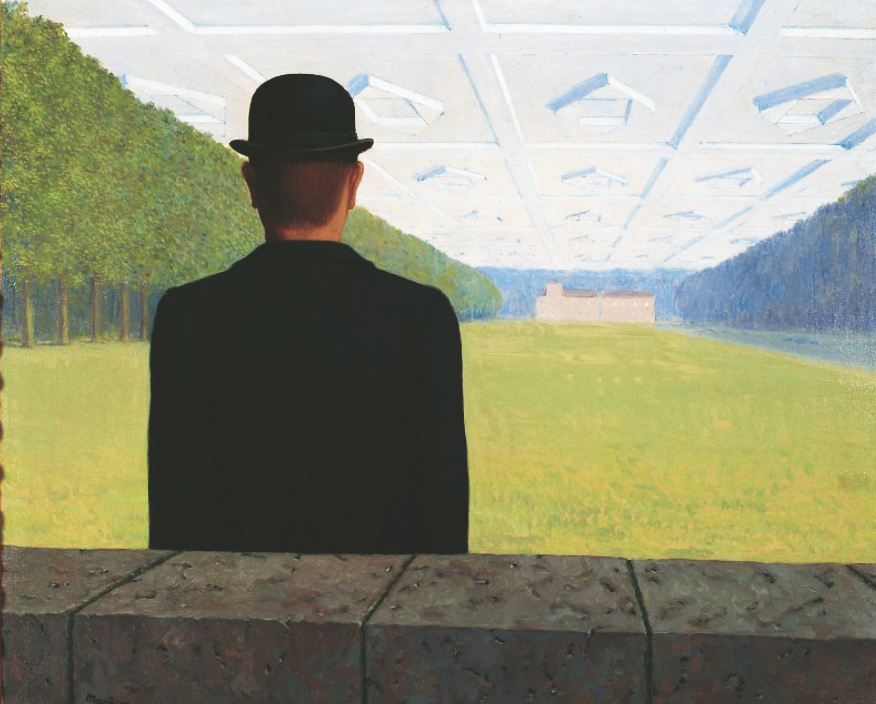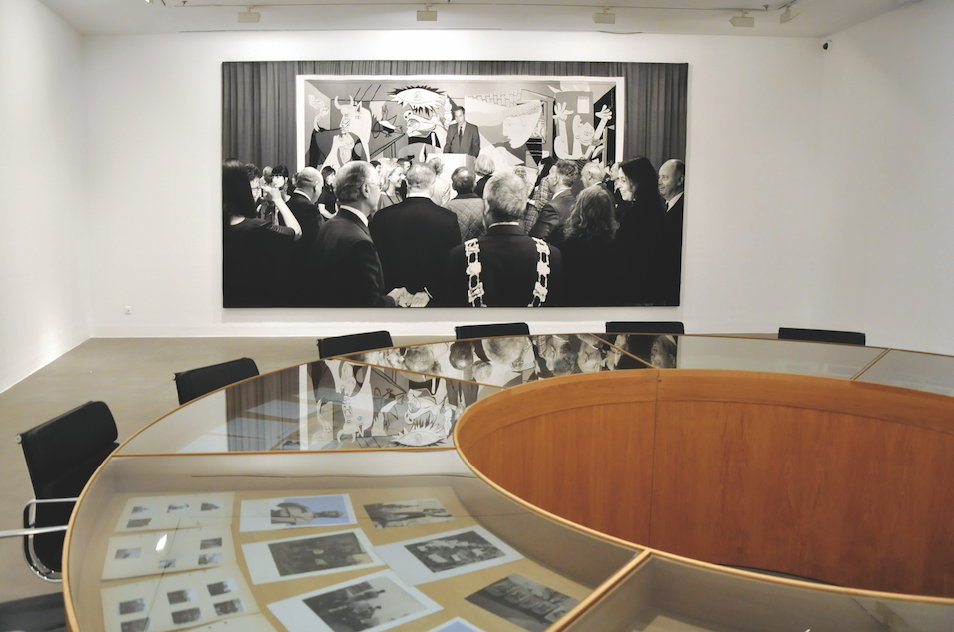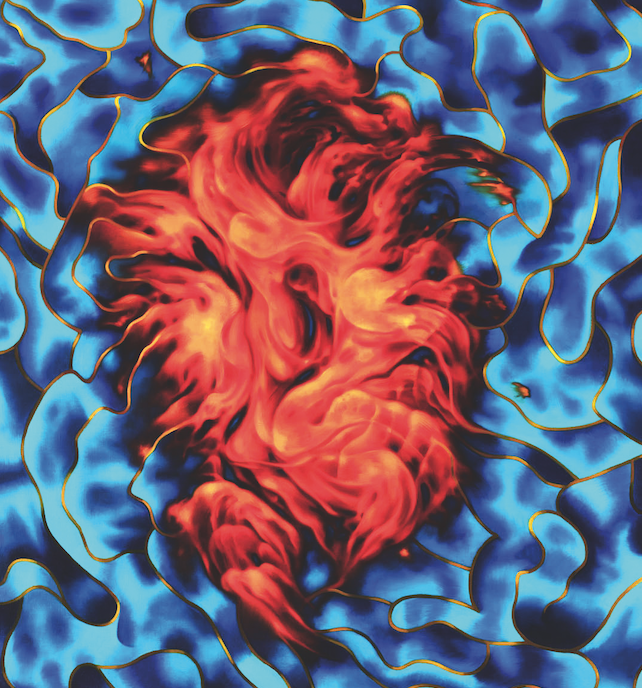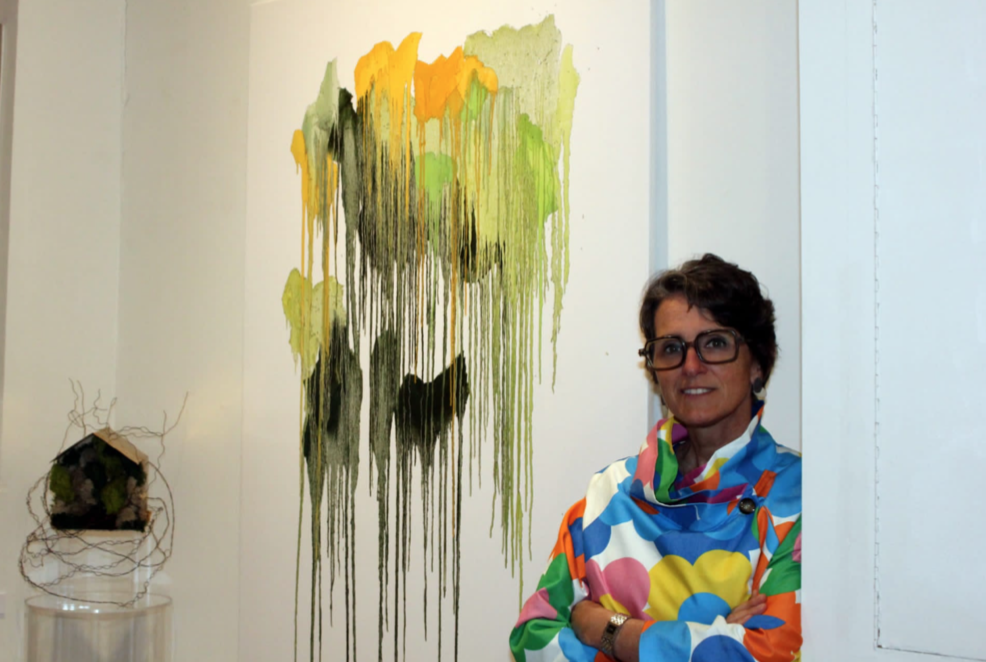
René Magritte's paintings (Lessines, 1898 - Brussels, 1967) are part of the imagination of all of us. We know this because anyone, more or less close to the art world, recognizes a Magritte and smiles at the neck of the gentleman in the hat. Even Pierce Brosnan played with this iconography in The Thomas Crown Affair : a Sunday afternoon movie in which a billionaire steals a painting from a large museum and a crowd of men, with jackets and hats on. of Magritte, guarantee the success of the infallible robbery. For all this, it is difficult to be surprised by an exhibition by Magritte: we know all too well the games and the traps, the bold compositions and the variations of the same themes.
However, thanks to Brosnan and the infinitely reproduced Magritian images, The Magritte Machine - co-organized by the “la Caixa” Foundation and the Thyssen-Bornemisza National Museum - has been a success. A large audience of all ages reviews the 69 paintings from institutions, galleries and private collections, smiles at the provocative images and is surprised when he discovers the selection of homemade photographs and films made by the same artist.
Guillermo Solana, artistic director of the Thyssen-Bornemisza and curator of the exhibition, has grouped the works into thematic chapters with the aim of analyzing the metapainting resources of this coarse production and starts the machinery with a first area entitled The powers of the magician , a selection of self-portraits where Magritte avoids the study of his physiognomy because what really interests him is to present the figure of the artist as a magician endowed with superpowers that he will not stop putting into practice until the end of the exhibition. Is he a wizard capable of true prodigies or a conjurer with a repertoire of tricks? Unlike André Breton and other surrealists, Magritte suggests in her self-portraits an ironic attitude toward the myth of creative genius.
The exhibition goes on to review those paintings that include written words, where images and names rarely agree with each other: incongruity allows us to question reality. The same confusion is found in the areas Figure and background , Painting and window or Face and mask : the figure of the back, which hides our face, works as a representation of the viewer - us - in the painting, and makes us aware , picture after picture, of the act of looking.
We reach the end of the exhibition and come across those works where the change of scale of the objects becomes usual. Inspired by Lewis Carroll's novels, Magritte increases the size of objects to monstrous ones. At the same time, objects appear, also monstrous, levitating: a rock suspended in the air in The Sense of Realities (1963) is planted in front of us and makes us look at it as if it were something new, as if we were seeing it. for the first time. According to Magritte: "Things are usually so hidden by their uses that, when we see them for a moment, it makes us feel like we know the secret of the universe."
Image: René Magritte. The great century , 1954.








